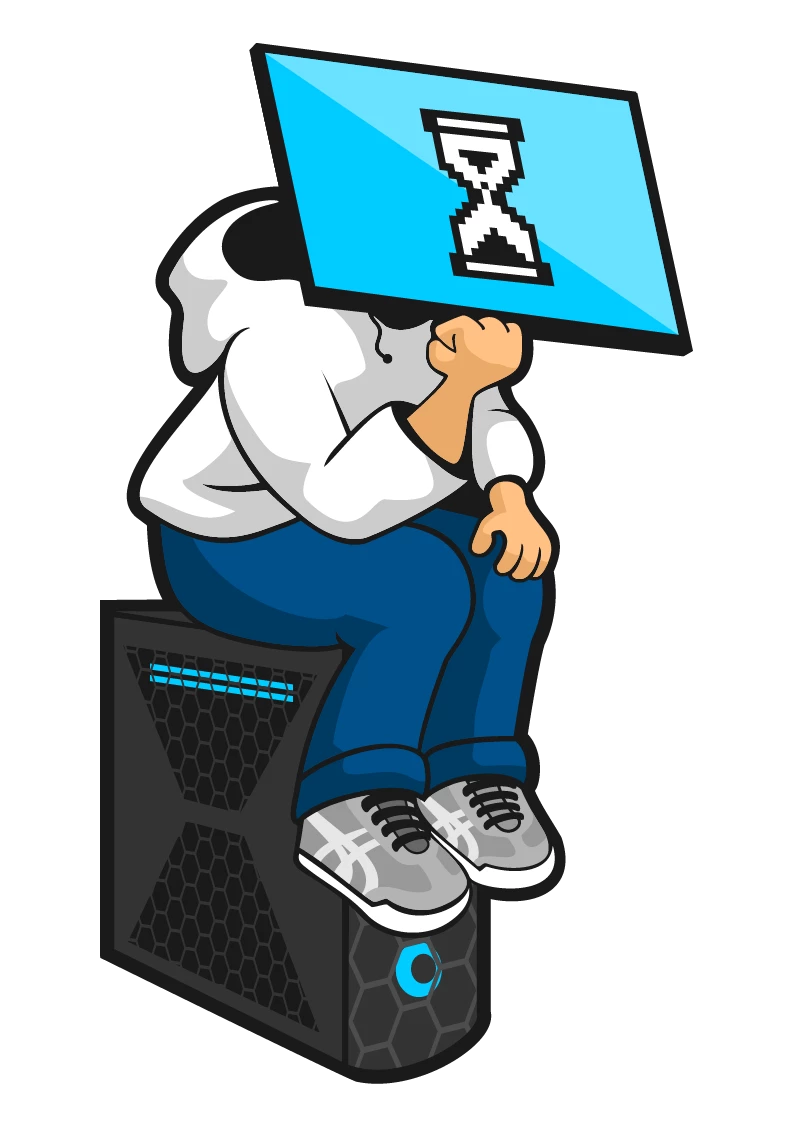The integration of automation and security into software applications at the coding stage will enable high efficiency, secure applications. These applications are compatible with the needs of open-source platforms and could platforms. The DevSecOps system requires continuous testing and monitoring at every phase of development. The CI/CD pipeline supports the continuous software delivery process and is vital in DevSecOps implementation.
The DevSecOps Sonrai experts specialize in helping organizations shift to DevSecOps for improved operational efficiency and sustainable software development. Security testing is considered an ongoing part of the software development process rather than an additional process.
What is DevSecOps?
The adoption of DevSecOps can transform the way an organization functions. DevSecOps integrates security at every phase of the development lifecycle. As per the traditional software development norms, security integration and testing took place at the end of the software development process. Organizations had dedicated teams for software safety and security testing.
The modern approach of software development or DevSecOps requires continuous and simultaneous testing at every phase of the software development lifecycle. The approach focuses on developing efficient applications rather than fixing issues later on. The code is written with the aspect of security and automation in mind. Security testing and monitoring are carried out simultaneously, and mistakes are identified and solved immediately.
Why Implement DevSecOps?
Although the shifting process may seem expensive and time-consuming, the adoption of DevSecOps will help the organization reap several benefits. Besides developing and delivering high-quality applications, the adoption of DevSecOps will also ensure improved operating efficiency and maximum speed.
DevSecOps is also cost-effective in the long run since organizations will not have to spend elaborate amounts of time fixing or rebuilding defective applications.
Most organizations develop applications for cloud-based platforms. Hence, effective security integrations are essential to prevent data theft or loss of sensitive information. Since the process involves regular security testing and reviews, any security threats or issues are identified and fixed immediately.
The system also helps build a collaborative team culture with the development, security, and technical teams working together throughout the development and delivery process.
DevSecOps allows organizations to deliver highly secure and safe software applications to users without compromising speed and delivery pace. The DevSecOps Sonrai team can enhance the quality and pace of the adoption process. It would be challenging to make the shift without the services of skilled experts.
Ideal Framework for CI/CD Capabilities
The development, testing, and auditing processes are largely automated in the DevSecOps system. Developers and users worldwide recommend this approach over patching the final software with updates and remedial measures at the end of the application testing phase. CI/CD integration is necessary for developing software for cloud-based platforms. CI means Continuous Integration, and CD means Continuous Deployment. The software application has inbuilt automation and security features.
Continuous integration and deployment of automation and security codes are the defining features of DevSecOps. CI/CD capabilities form the foundation of cloud technology. There is no need to tack on security features at the end. The system uses continuous tests and monitoring measures to ensure security, speed, and operating effectiveness.
The features are integrated into the codebase and are a built-in part of the software. Several steps like unit testing, integration testing, acceptance testing, and functional testing form part of the CI process.
CI/CD integration enables fast delivery, and implementation of updates maximized security and continuous testing. CI/CD capabilities are critical to open source frameworks and cloud frameworks. Continuous integration, delivery, and deployment help create more effective pipelines for software development and delivery.
CI/CD pipelines consist of several programs, tools, and methods. The use of CI/CD capabilities and processes is the defining feature of DevSecOps. The DevSecOps team can help businesses carry out the CI/CD process since it requires professional training and education. Patches and bugs are identified and rectified throughout the software development lifecycle.
Simultaneous speed tests and automation effectiveness tests are conducted to assess the effectiveness of the process. The process reduces software vulnerabilities and security threats to a considerable extent. The automated codes are built into the system.
Shifting to DevSecOps Successfully
The shifting process will call for specialized training, professional guidance, and careful implementation of DevSecOps principles and practices. The organization will have to follow detailed strategies and training techniques to adopt DevSecOps. It is critical to ensure that people are clear on the objectives and principles associated with the shift.
Final Word
The adoption of DevSecOps can improve the operating effectiveness and speed at which the organization functions. Leading software developers in the world use this system to create fast, automated, secure applications. Hence, the adoption of DevSecOps will also help give the organization a competitive edge. The organization will have to train all team members thoroughly and comprehensively.


